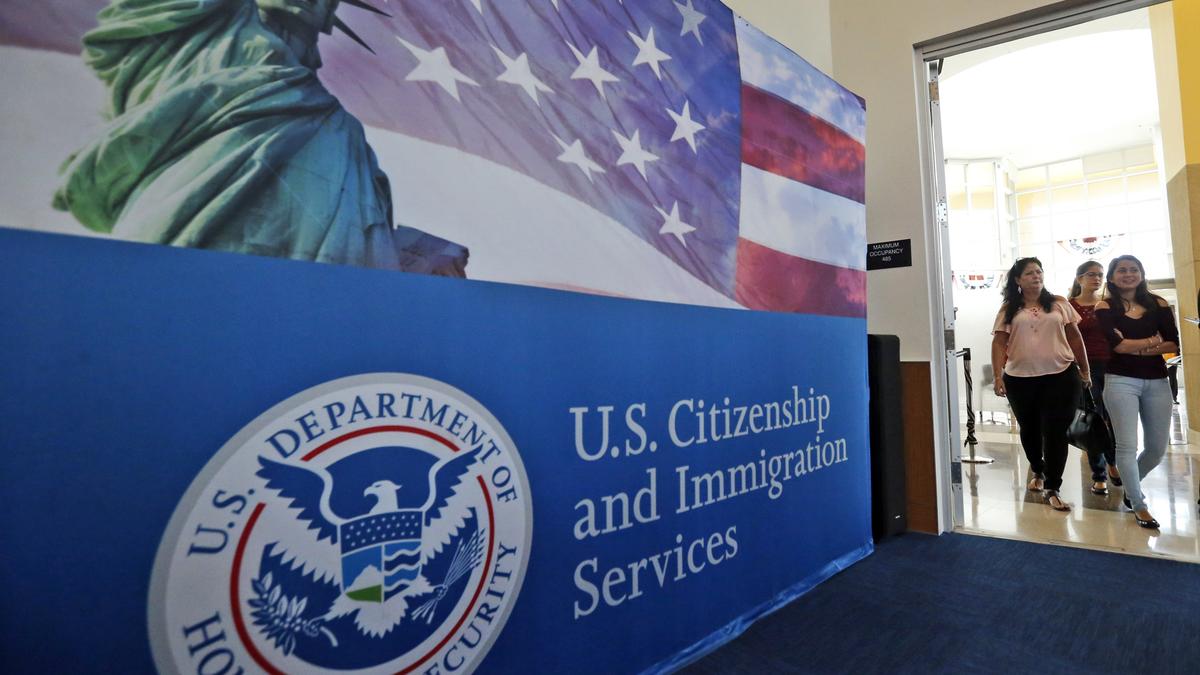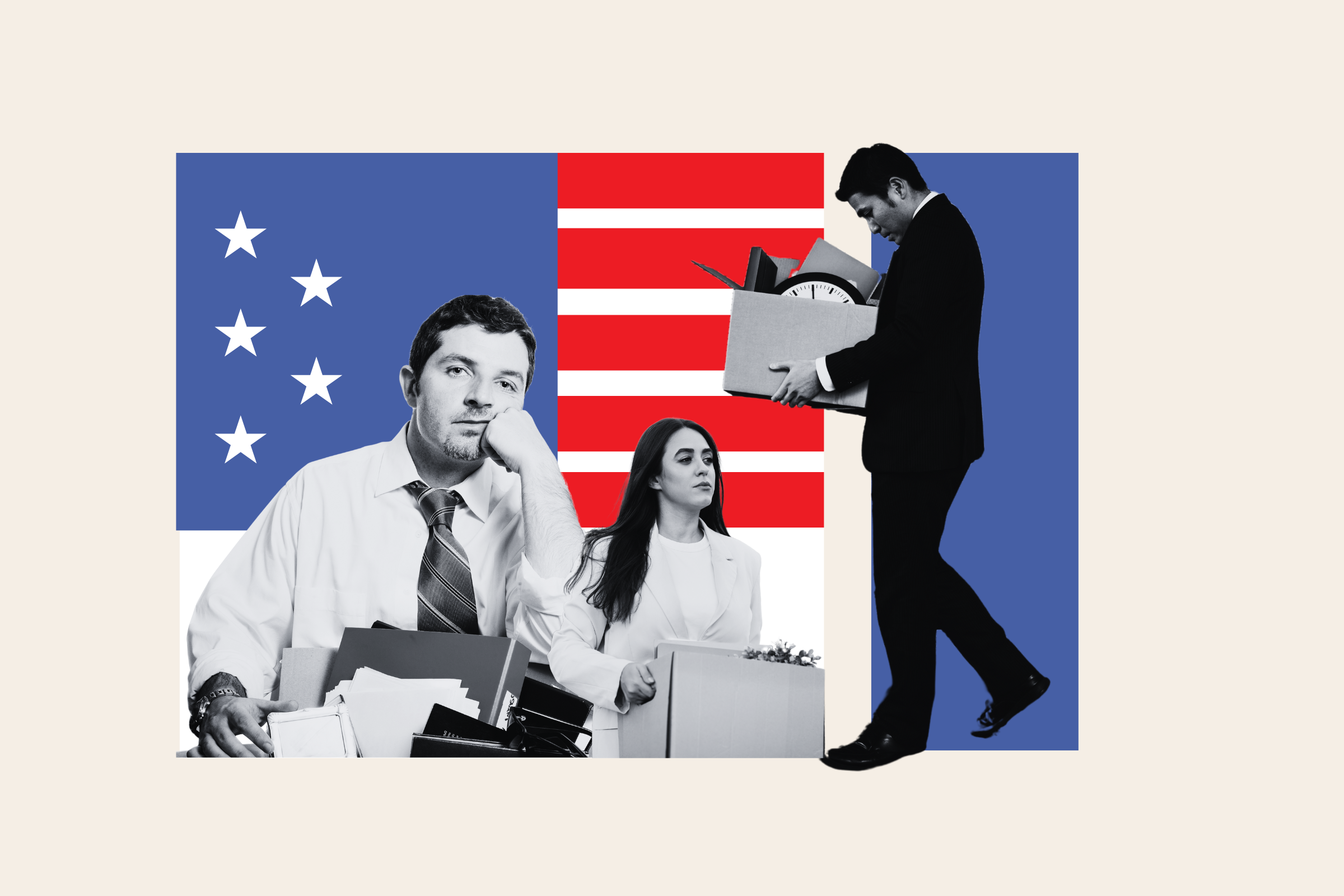Bussiness
What will a Federal Reserve interest rate cut mean for you?

The Federal Reserve announced a half-percentage point interest-rate cut on Wednesday, the first decrease in four years. It’s a moment that many economists see as the end of an era, and the beginning of the end of the central bank’s fight against inflation.
The Fed’s prime rate – used to set the rates on everything from mortgages to car loans – has sat at a 20-year high for the last year, making it more expensive to borrow money.
This rate cut is a big deal for the economy. But it’ll take some time for American consumers to feel the effects. Here’s what to expect.
Why is the Fed cutting rates?
The Fed primarily looks at two things when considering the interest rate: inflation and the labor markets.
Balancing price increases with unemployment is what the Fed refers to as its “dual mandate” – ensuring that inflation doesn’t get too high and that unemployment stays at a low level.
Following years of pandemic-related turmoil in the economy – waves of unemployment followed by massive stimuli from the federal government and various supply chain issues – inflation began to rapidly increase starting in 2022, topping at 9.1% in June 2022. The Fed hiked rates 11 times over a period of about a year and a half, from March 2022 until July 2023, the last time it increased rates.
Since then, inflation has come down to 2.5% – still above the Fed’s target of 2% but a significant slowdown since its peak.
The labor market has remained strong but has started to cool. Unemployment hit historic lows as prices were increasing, but this year the unemployment rate went up to 4% for the first time since January 2022. Employers also seemed to be adding less jobs to the economy every month, a rapid cooling that had some worried that the country could be heading toward a recession.
As the most recent inflation and jobs data seemed to both show cooling, Fed officials started signaling late in the summer that it was time to cut rates.
“The time has come for policy to adjust. The direction of travel is clear,” Powell said in August during closely watched remarks.
When will we start to feel the effects of the rate cuts?
Though the new interest rates will go into effect immediately, it will take a while for any tangible effects to trickle down into different parts of the economy.
Perhaps the most immediate effects were seen before the Fed actually cut rates. The highly responsive and volatile US stock market hit record highs at closing on Monday and Tuesday as investors prepared for the Fed’s rate cut.
“The adjustment for consumers in general is less instantaneous than something like market prices. If you’re in trading and securities, you can immediately adjust the price. A lot of [consumer] contracts are longer lasting,” said Anastassia Fedyk, assistant professor of finance at the University of California, Berkeley’s Haas school of business. “It takes a while to trickle through the economy.”
Fedyk pointed out that it’s been more than a year since the Fed last raised interest rates, but the effects are still being seen. The inflation rate was 2.5% in August, down from 3.7% in August 2023, a month after the Fed last raised interest rates.
after newsletter promotion
The new interest rate “goes into effect immediately, but in terms of when it trickles through the economy, that can take some time. That’s why we’re continuing to see a cooling down in inflation numbers, even though the Fed has not raised rates for a long time,” Fedyk said.
Will mortgage rates go down?
Yes, but it will happen slowly. The good news for homebuyers is that the average rate already started to fall this year in anticipation of the Fed’s rate cut. The average 30-year fixed mortgage rate peaked at 7.79% in 2023 and has now dropped to below 6.5% – still double the rate seen in 2021, but a sign of easing nonetheless.
Still, it’ll take some time for interest rates to have a major effect on the housing market.
“For existing mortgages, unless people are going to refinance, that’s not going to have an effect, as long as there is demand,” Fedyk said. Even though it will be cheaper for banks to borrow money, “there are a lot of market forces that have to play out there to get those things over to the consumer.”
What about other types of loans?
Some loans may get cheaper over time, but many depend on other factors, like a person’s credit score.
Auto loans track closely to the path of the Fed’s interest rates, but are also influenced by a person’s credit history and the vehicle. Credit card debt, which is already one of the more expensive loans to have, will also get slightly cheaper, though not by much.
Most student loans are not affected by interest rates as the vast majority are from the federal government, which has its own interest rates on student loans that are not tied to the Fed.
Will there be more rate cuts?
The Fed likes to move slowly and steadily. It took 11 meetings for the Fed to get from 0%, the interest rate during the early pandemic, up to a high of 5.5%. Going back down, the Fed will likely not cut rates by more than half a point per meeting.
But economists say that this meeting marks the beginning of a new era of Fed cuts.
“This Fed tends to be fairly cautious, data-driven and it’s unlikely that this is going to be a one-off,” Fedyk said. “This likely will be the start of a gradual decline in rates in months of course, so that of course will mean we’re going to continue seeing effects in the future.”
What are the wider global effects?
Lowering the cost of borrowing reduces the payments US firms and consumers make on mortgages and loans for US business and consumers, and easing economic pressures on households, could influence the outcome of November’s presidential election.
A rate cut will also weaken the dollar, which has fallen against most major currencies – including the pound – over the past year in anticipation of the Fed decision. A weaker dollar will make it easier for US firms to export, but the broader improvement to the global economic outlook will benefit the global economy.
There are increasing signs the world’s biggest economy could be heading into recession next year, after some of the biggest US manufacturers laid off workers and the S&P 500 index of leading company shares hit a ceiling in July. If the Fed can avert this, the economic benefits will be global.










